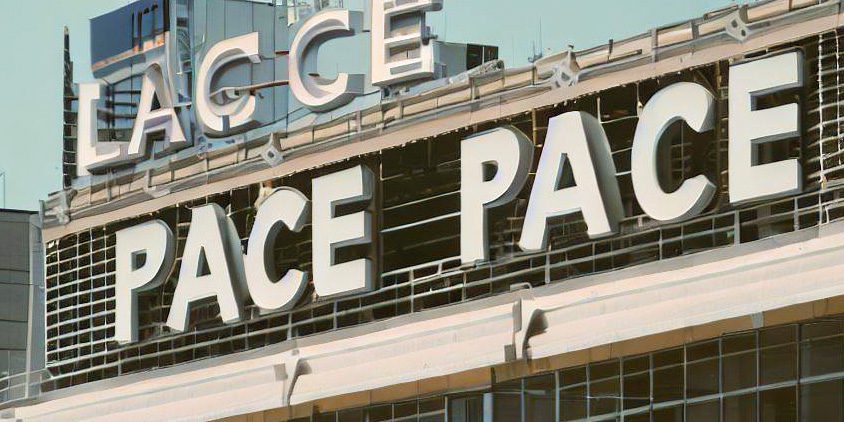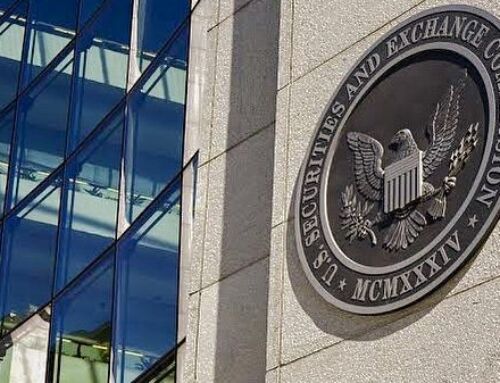View by Topic
Recent Articles
-
Congress Blocks California’s Gasoline Car BanSaturday, May 31st, 2025
-
EPA Will Keep Current Limits for “Forever Chemicals” in Drinking WaterSaturday, May 24th, 2025
-
Court Indefinitely Pauses SEC Climate Rule LitigationSaturday, May 17th, 2025
-
Maryland is About to Regulate Mold But is the Cart Before the HorseSaturday, May 10th, 2025
View by Month/Year
“Green Building Law Update” Headlines
Recent Articles & News from
Stuart Kaplow’s blog
at GreenBuildingLawUpdate.com
- Congress Blocks California’s Gasoline Car Ban: A Legal and Policy Analysis June 1, 2025
- EPA Will Keep Current Limits for “Forever Chemicals” in Drinking Water May 25, 2025
- Court Indefinitely Pauses SEC Climate Rule Litigation May 18, 2025
- Maryland is About to Regulate Mold: But is the Cart Before the Horse? May 11, 2025
Subscribe to the Green Building Law Update!
Stuart Kaplow brings his expertise and extensive experience to the table with his unique digital publication, "Green Building Law Update". Subscribers receive regular updates to keep them informed about important issues surrounding Environmental Law, Green Building & Real Estate Law, as well as the emerging demand for Environmental Social Governance (ESG).
Get fresh content through the lense of Stuart Kaplow's cutting-edge expertise, innovative commentary and insider perspective. Don't miss another issue! Subscribe below.

Commercial PACE: Filing the Financing Gap for GHG Reductions in Commercial Building
As the business world grapples with demands to combat climate change, the role of commercial buildings in reducing greenhouse gas emissions has come into sharp focus. Commercial properties account for a significant portion of global emissions, making it crucial to find innovative ways to fund energy efficiency upgrades to those existing buildings.
Enter commercial Property Assessed Clean Energy (PACE) financing, a game changing solution that empowers commercial building owners to invest in sustainability improvements while simultaneously reaping financial benefits. In this post, we will explore commercial PACE and its potential to catalyze the transformation of commercial buildings into energy efficient and environmentally desirable spaces.
PACE programs have been only modestly successfully employed in residential settings in recent years, including some instances of abuse of consumers, but the application to commercial properties is relatively new and little used. Commercial PACE is a financing mechanism that enables building owners to fund energy efficiency, renewable energy, water conservation projects, and the like, through private loans collected with government property tax assessment billings. These assessments are repaid over a predetermined period, typically ranging from 10 to 25 years, as a separate line item on the property tax bill.
There are a host of benefits of commercial PACE, including:
Accessible Financing: Traditional funding options for energy efficiency upgrades to existing commercial buildings can be challenging if not unattainable due to high upfront costs, currently high interest rates, the inability of owners to obtain additional financing on already mortgaged buildings, as well as perceived risk. Commercial PACE addresses those hurdles by making accessible a mezzanine style loan tied to the building (not the owner nor impacting the owner’s balance sheet) with longer repayment terms and lower interest rates, which are secured through a local government collection process tied to the property’s tax bills rather than the owner’s creditworthiness.
Positive Cash Flow: One of the key advantages of commercial PACE is its ability to generate positive cash flow from day one. Energy efficiency improvements can reduce utility bills, take advantage of tax breaks and other government incentives, and comply with government mandates to reduce GHG emissions, enabling building owners to offset the additional costs incurred through PACE assessments. This approach not only enhances the financial viability of these improvements but also creates a win win scenario for both the environment and the building owner’s bottom line.
Increased Property Value: Energy efficient buildings have higher market value and appeal to eco-conscious tenants. By implementing sustainability measures through commercial PACE, building owners can improve the marketability and competitiveness of their properties. Reduced operating costs, enhanced tenant comfort, and improved indoor air quality further contribute to the overall value proposition.
Environmental Impact: Commercial buildings are responsible for a substantial percentage of GHG emissions. With commercial PACE, building owners can leverage financing to undertake a range of emission reduction projects, such as upgrading HVAC systems, installing energy efficient lighting systems, moving from gas to electric equipment, incorporating renewable energy sources, and implementing smart building technologies. These initiatives significantly reduce energy consumption and carbon footprint, aligning with global efforts to mitigate climate change and state and local law mandates to reduce GHG emissions.
And there are unintended benefits of commercial PACE, in the more than 35 states that have authorized PACE loans, because many of the PACE lenders are other than federally insured banks, including that because those lenders are willing to make loans to projects housing cannabis businesses; and also, because commercial PACE exists outside of the traditional capital stack (i.e., PACE financing is not equity or debt) these loans actually have the effect of reducing the weighted average cost of capital for many commercial projects.
The road ahead is not clear because while commercial PACE holds immense promise, its widespread adoption still faces some challenges. Chief among the flaws is many of the state programs have been described as sophomoric lacking in the rigor of the legal structure surrounding commercial real estate. Challenges also include varying regulatory frameworks across states and even local jurisdictions, a lack of awareness among building owners, and concerns regarding the transferability of assessments during property sales. Addressing these obstacles in a relatively immature PACE lending industry will require some bold collaboration (.. similar in order of magnitude of the problem looking to be addressed) between government entities, financial institutions, and industry stakeholders to create standardization, raise awareness, and robust mechanisms for seamless real estate transfers.
Commercial PACE financing presents an innovative and effective solution for financing greenhouse gas emission reductions in existing commercial buildings and even in new construction. By offering accessible financing, positive cash flow, increased property value, and significant environmental impact, commercial PACE is poised to revolutionize the way we pay for sustainability in commercial real estate that cuts across all sectors.
As more building owners recognize the benefits and governments refine the regulatory landscape, we can look forward to a future where energy efficient and environmentally responsible commercial buildings are the norm and commercial PACE can be a key way to pay for it.
Join us THIS TUESDAY for a webinar “Do You Own Your GHG Emission Data,” 30 talking points in 30 minutes, Tuesday, May 23 at 9 am EST presented by Stuart Kaplow and Nancy Hudes on behalf of ESG Legal Solutions, LLC. The webinar is complimentary, but you must register here.
For those who may be attending the MSBA Legal Summit in Ocean City, Maryland, Stuart Kaplow and Nancy Hudes will be presenting “Maryland is the First State to Regulate Carbon” on Thursday, June 8 at 1:30 pm EST. You can register here.









